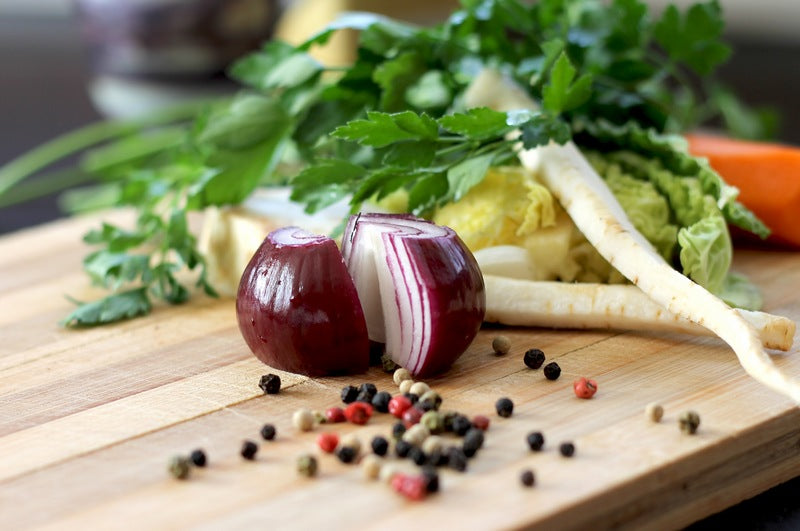Seasonal savings
While supermarkets offer an ongoing supply of produce there are many good reasons why you should chose fruits and vegetables in season. Not only do they taste better but you’ll save on your grocery bill each week. If you pay attention to prices when you do your shopping, you can actually use this as a guide to whether the produce is in season.
Nutritious pickings
The general rule is the fresher the food, the more nutritious it will be. When produce is picked early, kept in cold storage, and then artificially ripened, they have less nutrients. For some crops, time is more important than others. Sweet corn is a classic example. Sugars in corn start turning to starch as soon as it’s picked so the sooner you eat it the sweeter it is.
Storage sense
Most vegies are best stored in the fridge salad crisper. The exceptions are potatoes, garlic, onions and pumpkins, which are best kept in a dry, dark spot. Interestingly, the same goes for tomatoes, which are said to lose flavour in the fridge and are best kept at room temperature to reach maximum ripeness.
Preserving perfection
Many vegies can be frozen. Blanch first (immerse in boiling water for a minute or two before dunking into a bowl of iced water to halt the cooking process), then freeze in freezer bags. This deactivates enzymes that can decay plant matter, even in the freezer.
Autumn favourites
- Onions - Hang them to dry in nets or bunches to keep them fresh for longer.
- Potatoes - For red or white boiling potatoes, select the ones that look waxy, signaling more moisture and less starch.
- Beetroot - Golf ball size or bigger signals they’ve properly ripened before being picked.
- Asparagus - Look for asparagus spears that are firm to the touch. They should be straight and not bendable. On bending the spear, it should be brittle and "crack". Stalks should be firm but tender.
- Broccoli - Select compact clusters of the broccoli florets. The more open the florets, the older and closer to flowering the florets are.
- Melons - Tap the base with your knuckles and listen for a hollow sound.
- Pumpkins - Check the pumpkin well for soft spots and dark bruises.
- Peas - Peas quickly go past their best so buy them when you’re close to eating them and place them in a paper bag for storage.
- Sweet corn - Bright green, moist husks signal ripeness. The silk should be stiff, dark and moist. You should be able to feel individual kernels by pressing gently against the husk.



